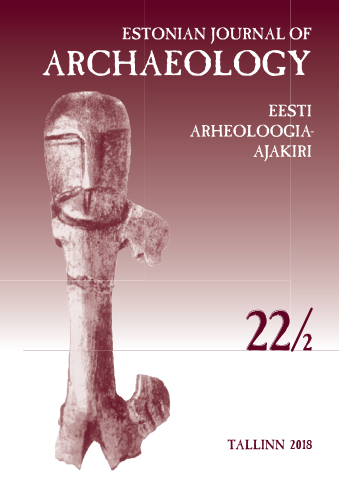THE POSSIBLE GEOGRAPHIC MARGIN EFFECT ON THE DELAY OF AGRICULTURE INTRODUCTION INTO THE EAST BALTIC
THE POSSIBLE GEOGRAPHIC MARGIN EFFECT ON THE DELAY OF AGRICULTURE INTRODUCTION INTO THE EAST BALTIC
Author(s): Giedre Motuzaite MatuzeviciuteSubject(s): Archaeology
Published by: Eesti Teaduste Akadeemia Kirjastus
Summary/Abstract: Since domesticated plants moved from moderate Mediterranean climates in south-west Asia where their domestication took place to different latitudes and altitudes, these species have had to endure both genetic and morphotypical changes. Upon reaching the East Baltic, crops like wheat and barley were exposed to a different environment consisting of a continental climate with very distinct seasonal patterns, different soils, vernalization and photoperiod patterns that were crucial for plant development and growth. In this paper I take previously postulated ideas on the delay of agriculture in north-west Europe and the Alpine region of Eurasia to suggest that similar reasons could have been responsible for the delay of cereal cultivation in the eastern Baltic region.Here I argue that the slow introduction rate of cereal cultivation occurred not only due to human choice, as alternative wild resources were available, but due to the time it took for crops to adjust to environmental changes. In addition, the establishment of an ultimate crop species package was an important development that allowed better plant adaptation to novel environmental conditions and the reduction of crop failure. In this publication the term “geographical margin” is used not in the sense of climatic hostility and difficulties for human subsistence but rather from the perspective of plant species of south-west Asian origin.
Journal: Eesti Arheoloogia Ajakiri
- Issue Year: 22/2018
- Issue No: 2
- Page Range: 149-162
- Page Count: 14
- Language: English

